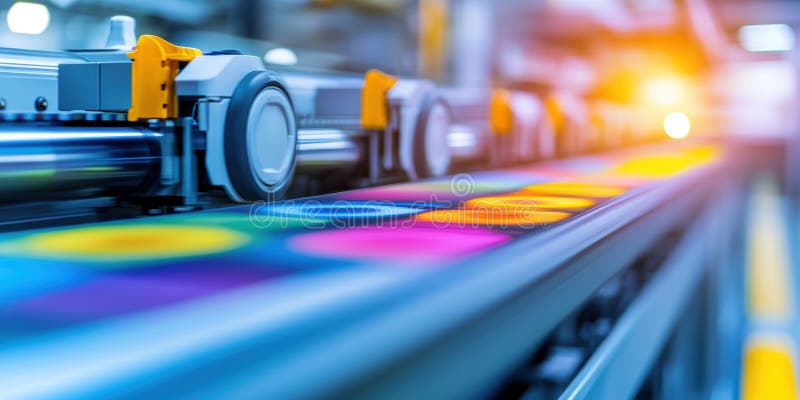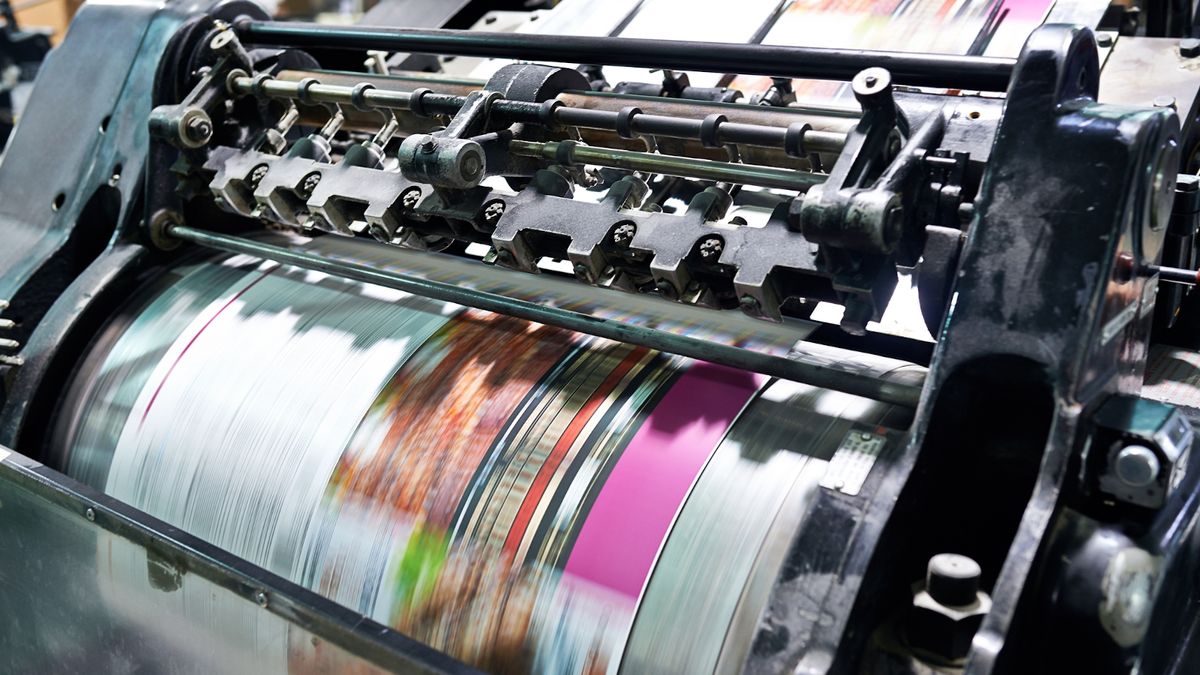In the world of printing technology, the debate of Offset Printing vs Digital Workflow continues to captivate business professionals and printing enthusiasts alike. Understanding the differences between these two methods is crucial for making informed decisions about print projects. This article will delve into the nuances, advantages, and considerations of each, providing an informative perspective on how to choose the right option for your printing needs.

The Basics of Offset Printing
Offset printing is a traditional method that has been a staple in the industry for decades. It involves transferring an inked image from a plate to a rubber blanket and then onto the printing surface. This technique is renowned for its high-quality output and cost-effectiveness when producing large volumes.
Advantages of Offset Printing
One of the primary advantages of offset printing is its ability to produce consistent and high-quality images. This method is especially beneficial for large print runs as the cost per unit decreases significantly with higher quantities. Additionally, offset printing can handle a wide range of materials and finishes, making it a versatile option for various projects.
Limitations of Offset Printing
Despite its benefits, offset printing has some limitations. The initial setup can be time-consuming and costly, making it less ideal for short runs or tight deadlines. Moreover, any changes in the design during printing can lead to additional costs and delays.
The Essentials of Digital Workflow
Digital workflow refers to the process of using digital technology to manage and produce print materials. This method skips the need for plates, instead using digital files to create prints directly. It’s a modern solution that fits well with the fast-paced demands of today’s businesses.
Benefits of Digital Workflow
The digital workflow offers several advantages, including faster turnaround times and lower costs for short print runs. It provides flexibility, allowing for easy modifications to designs without additional costs. This method is also more environmentally friendly, as it reduces waste typically associated with traditional printing.
Challenges of Digital Workflow
However, the digital workflow is not without its challenges. The quality may not match that of offset printing, especially for color accuracy and sharpness in large formats. Additionally, the cost per unit can be higher for large print runs compared to offset printing.
Comparing Offset Printing and Digital Workflow
When deciding between offset printing and digital workflow, several factors should be considered. These include the size of the print run, budget, desired quality, and timelines. For instance, if you’re producing a large number of copies and quality is paramount, offset printing might be the better choice. Conversely, for smaller quantities and faster delivery, digital workflow could prove more efficient.
Cost Considerations
Cost is a significant factor in choosing a printing method. While offset printing offers a lower cost per unit for large quantities, digital workflow might be more economical for smaller batches due to its lower setup costs.
Quality Differences
Quality is another crucial element. Offset printing generally offers superior image quality and color fidelity, making it ideal for high-end print jobs. However, advances in digital printing technology have significantly improved its quality, making it a viable option for many projects.
Environmental Impact
As businesses become more environmentally conscious, the environmental impact of printing methods has come under scrutiny. Digital workflow tends to be more eco-friendly, as it produces less waste and uses fewer chemicals. Offset printing, while efficient for large volumes, can be more resource-intensive.
Real-World Applications and Case Studies
To better understand the practical applications of offset printing and digital workflow, let’s explore some real-world case studies. For example, [offset printing for business cards](https://fullcolorprintingfirm.com/offset-printing-for-business-cards/) often benefits from the high-quality output of offset methods, ensuring crisp images and vibrant colors. On the other hand, [offset printing for newsletters](https://fullcolorprintingfirm.com/offset-printing-for-newsletters/) can take advantage of the cost-effectiveness of digital workflow for smaller print runs.
Final Thoughts: Choosing the Right Method
Ultimately, the choice between offset printing and digital workflow depends on your specific needs and priorities. By understanding the strengths and weaknesses of each method, you can make a well-informed decision that aligns with your project’s goals and budget.

FAQs
1. What is the main difference between offset printing and digital workflow?
The main difference lies in the process; offset printing uses plates while digital workflow uses digital files directly, affecting cost, speed, and quality.
2. Which method is more cost-effective for large print runs?
Offset printing is typically more cost-effective for large print runs due to its lower cost per unit.
3. How does digital workflow impact the environment?
Digital workflow is generally more environmentally friendly as it produces less waste and utilizes fewer chemicals compared to traditional offset printing.
For more insights, you can visit [BR Printers](https://www.brprinters.com/offset-printing-vs-digital-printing/) to explore detailed comparisons between these printing methods.
This article contains affiliate links. We may earn a commission at no extra cost to you.







